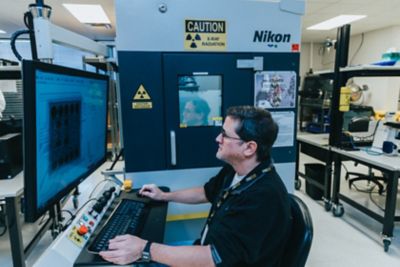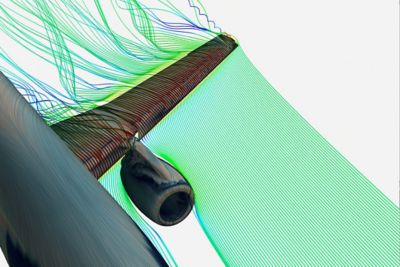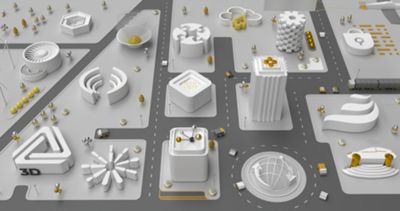Course Overview
This class provides an introduction to using the topology optimization and shape computation code, LS-TaSC, for design. It covers both the theoretical concepts and practical aspects of topology optimization. The course includes workshop sessions in which the theoretical topics are applied. The LS-TaSC graphical user interface is used to teach input preparation and post-processing.
Prerequisites
- Equivalent knowledge to an introductory class in LS-DYNA is recommended.
Teaching Method
Lectures and computer practical sessions to validate acquired knowledge.











